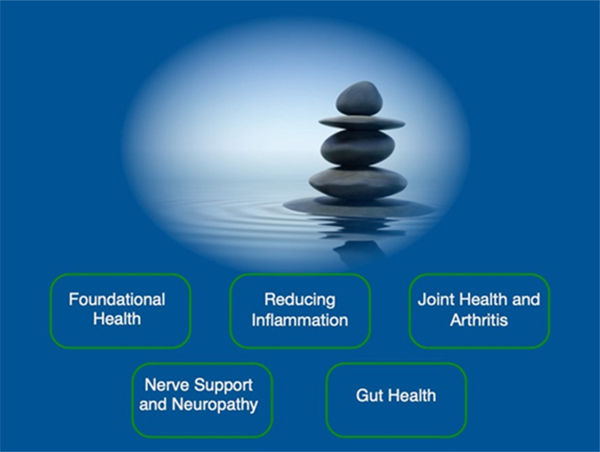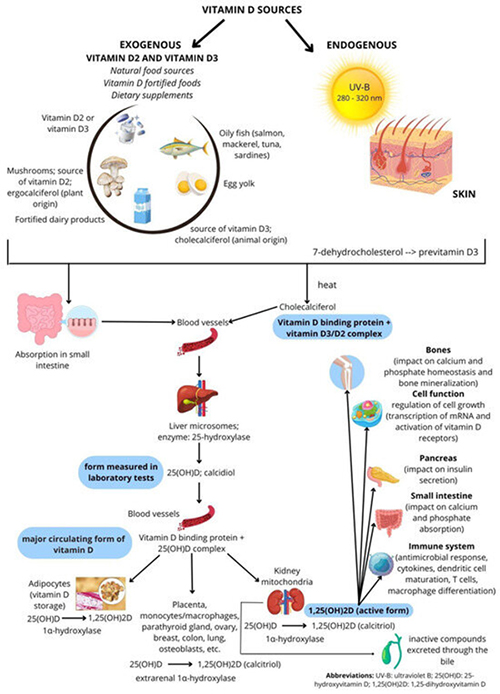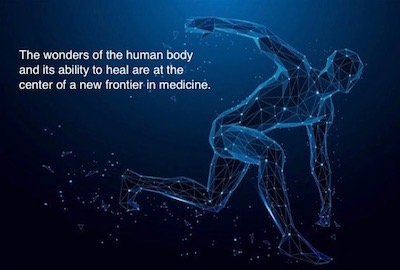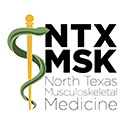Are you overwhelmed by the supplement aisle? You’re not alone. With so much conflicting advice out there, it can be overwhelming to know which supplements truly help — and which are just hype. The truth is — you don’t need dozens of bottles to build a strong health foundation. In my practice, I consistently recommend a simple set of six supplements that support immunity, energy, brain health, and longevity — all based on solid clinical research.
To help you find Better Health Through Smarter Supplements, I have compiled information on supplements that I feel are helpful and what supplement benefits each system. Research supporting these concepts are also included.

Why Daily Supplements?
Even with the best intentions, most modern diets fall short in delivering all the nutrients our bodies need for optimal function. Add in stress, busy lifestyles, and environmental factors — and gaps in nutrition are almost inevitable. To help you find your own Better Health Through Better Supplements, I will discuss:
- Benefits for each supplement
- How to take for maximum effectiveness
- What the research says
- Conditions that each supplement benefit
Foundational Health — Your Daily Supplement Core
Series Focus: Vitamin D3, K2, NAC, Zinc, Creatine, AG1
Title: “The Core Four (Plus Two): Daily Supplements for General Health”
Key Points:
- Why most people are low in D and Zinc
- The synergy between D3 and K2
- NAC’s detox and antioxidant role
- Creatine isn’t just for athletes — brain and longevity benefits
- Is AG1 worth it? Whole-food blends to cover your bases
CTA: Downloadable general health supplement guide or in-office consult.
For your Foundation Health, I recommend a simple core set of supplements to support general health, energy, immunity, and longevity. Here’s a look at the six I take myself and suggest to many of my patients:

Vitamin D3: The Sunshine Vitamin
Why: Vital for strong bones, a resilient immune system, and even mood balance.
Dosage: 1,000–2,000 IU daily with a meal that includes fat.
Key research: Vitamin D deficiency is widespread and linked to osteoporosis, infections, and chronic diseases (PMID: 17634462).
Vitamin K2: Calcium’s Guide
Why: Helps Vitamin D3 direct calcium to your bones — not your arteries. Essential for cardiovascular health.
Dosage: 90–120 mcg daily with a fat-containing meal.
Key research: Vitamin K2 supports both heart and skeletal health (PMID: 22875275).
NAC (N-Acetyl Cysteine): Master Antioxidant Support
Why: Boosts glutathione, the body’s main antioxidant, and supports liver detox. Also helpful for respiratory health.
Dosage: 600–1,200 mg daily on an empty stomach or light snack.
Key research: NAC helps reduce oxidative stress and supports detoxification pathways (PMID: 11470772).
Zinc: Immunity and Repair
Why: Critical for immune function, wound healing, and skin health. Many are deficient due to stress, aging, or poor absorption.
Dosage: 15–30 mg daily with food.
Key research: Zinc plays a key role in immune resilience and cellular repair (PMID: 18385818).
Creatine Monohydrate: More Than Muscle
Why: Creatine isn’t just for athletes — it supports muscle strength, brain function, and healthy aging. Emerging research suggests benefits for cognitive performance and energy metabolism.
Dosage: 3–5 grams daily, mixed in water or a smoothie.
Key research: Proven safety and efficacy for muscle, brain, and overall health (PMID: 28615996).
AG1 (Athletic Greens or Similar Whole Food Multinutrient Blend
Why: A simple way to cover common gaps in vitamins, minerals, adaptogens, and probiotics — especially helpful for busy days or frequent travelers.
Dosage: 1 scoop daily, mixed in water.
Key research: Comprehensive multinutrient blends can help fill dietary gaps and support overall wellness (Review: J Orthomol Med. 2014). Click here to order AG1
Deep Dive into Vitamin D3
Vitamin D deficiency is a public health problem affecting nearly 50% of the global population. Maver et al. Nutrients,2024. As one of the most studied nutrients in recent decades, data shows the many chronic diseases associated with Vitamin D deficiency. Pludowski, et al. Nutrients,2022.
Vitamin D contributes to overall well-being, promoting a strong skeletal system, facilitating muscle movement, supporting the immune system, and optimizing cellular functions. Pludowski, et al. Nutrients,2022. This fat-soluble vitamin is found naturally in a small selection of foods and is often added artificially to foods. Vitamin D is widely taken as a supplement. Our bodies also produce vitamin D through skin exposure to sunlight, the main source of vitamin D for humans.
It is well-established that as an essential nutrient, vitamin D plays an integral role in promoting overall health and well-being; however, individual variations in vitamin D metabolism and requirements is more complex. Mainly synthesized in the skin when stimulated by ultraviolet-B (UV-B) exposure, understanding this unique metabolism is crucial to addressing the widespread deficiency of this vitamin.
How the Body Converts Vitamin D
When derived from a food source, Vitamins D enters the bloodstream through the small intestines by passive diffusion. Because D is a fat-soluble vitamin, absorption is enhanced by a small amount of fat in the intestines.
7-dehydrocholesterol, however, plays an even larger role in the production of D3 in our body. 7-dehydrocholesterol is a type of lipid that acts as a precursor to cholesterol. It is also a direct precursor to Vitamin D3 when exposed to ultraviolet radiation from the sun. This process is called photolysis. When the UVB radiation from the sun enters the skin, 7-dehydrocholesterol is transformed to pre-vitamin D3. From here, it must be converted to vitamin D3. Pludowski, et al. Nutrients,2022.
Both vitamin D3 derived from food and that produced through skin synthesizes are actually inactive forms of the vitamin. Vitamin D must be converted to its active form to have its many effects in the human body. The process of activation includes two reactions of hydroxylation. Maver et al. Nutrients,2024
Vitamin D3 is transported to the liver. Here it is converted to 25-hydroxyvitamin D [25(OH)D], also known as calcidiol. Calcidiol is the main form of vitamin D circulating in the bloodstream. Transportation of Vitamin D throughout the body is enhanced with Vitamin K2. This optimization of absorption is a key reason why these two vitamins are taken together. Calcidiol levels are used to evaluate the body’s vitamin D status. The half-life in the blood is approximately two to three weeks.

Maver et al. Nutrients,2024
Vitamin D Receptors: Why are these important?
Vitamin D, or more specifically, its biologically active form 1,25(OH)2D, behaves like a steroid hormone, influencing around 900 different genes or roughly 3% of the human genome, either directly or indirectly. VDRs are expressed on immune cells, which makes them vitamin D targets. By preventing the invasion of harmful bacteria, inhibiting inflammation, and preserving barrier function, the activation of VDRs is crucial in controlling intestinal homeostasis. VDR signaling, or cell communication, also has a critical role in controlling other anti-inflammatory and proliferative pathways.
Final Thoughts

You don’t need a cabinet full of pills — just a targeted, evidence-based stock that covers your key needs. The six supplements above provide a powerful foundation for:
- Stronger immunity
- Better energy and resilience
- Support for healthy aging
- Reduced risk of deficiency-related health issues
Remember... quality of supplements is important. Please visit our Supplement Dispensary!
If you would like personalized advice on how to tailor supplements to your health goals, or to review your current routine, schedule a Supplement Review Consult at your next visit! These are the same strategies I use in my practice to help patients feel and function their best — and I’m excited to share them with you!
Bodies heal themselves. They are constantly rebuilding, repairing and regenerating. Our job is to make certain that our bodies have the tools to do this by maintaining good health through a healthy lifestyle. Everyone sees their own personal wellness differently. No matter what this vision entails for you, we consider ourselves partners on this journey with you.

